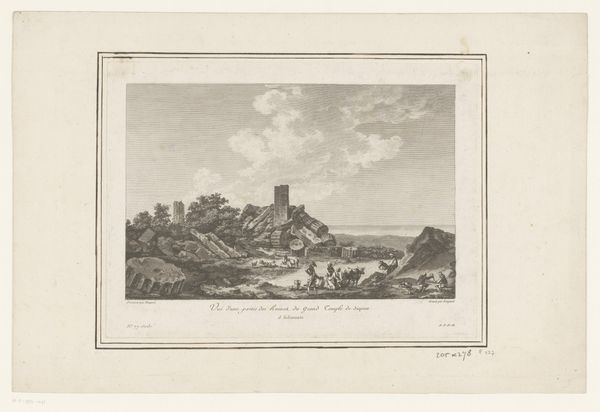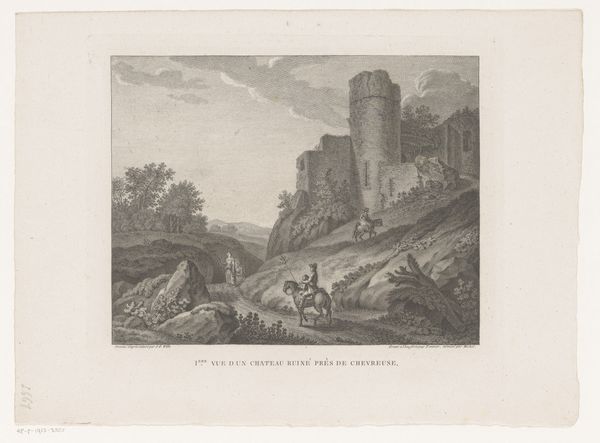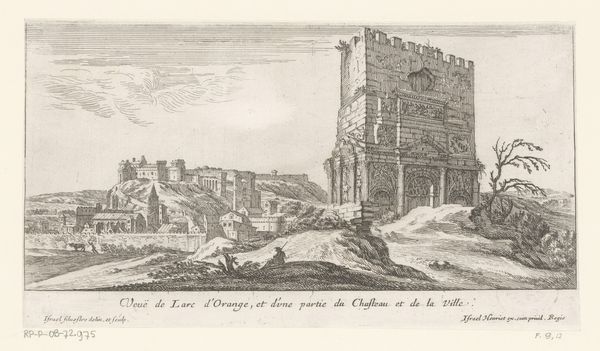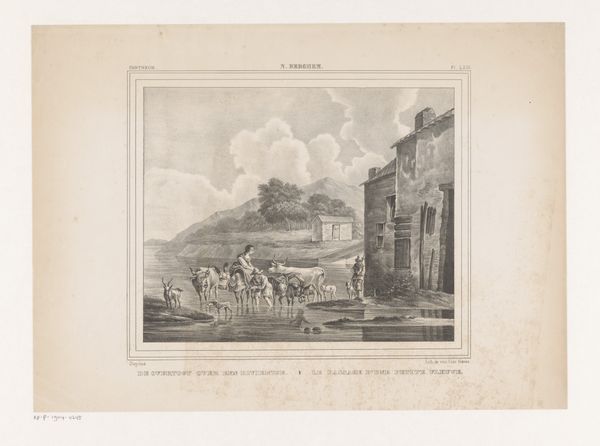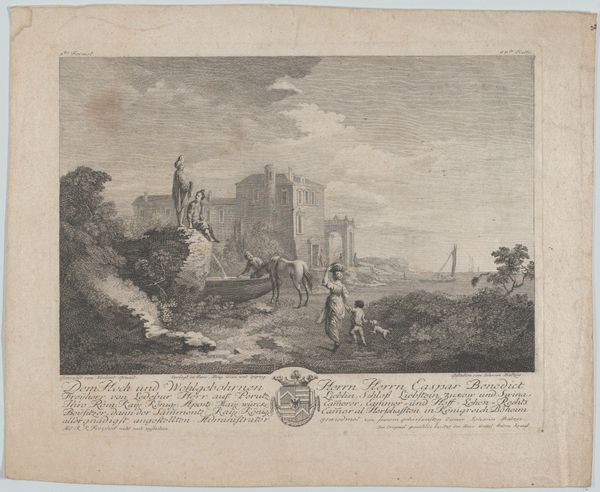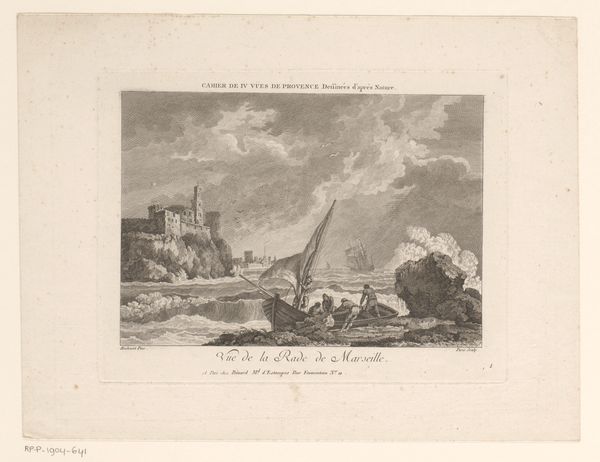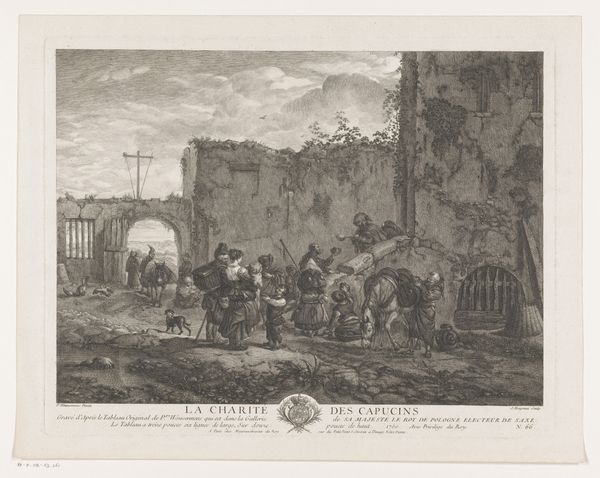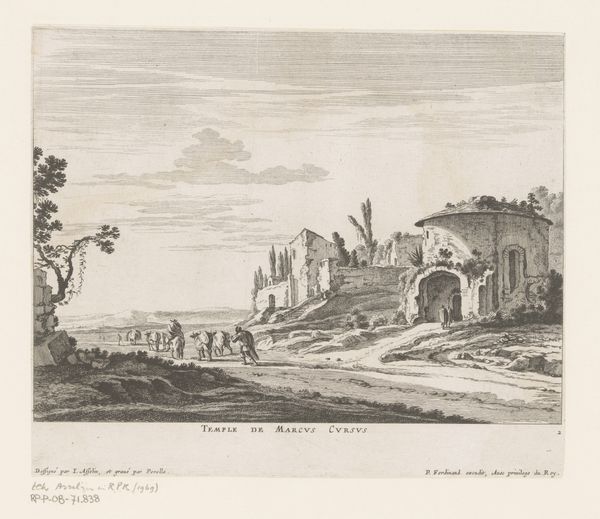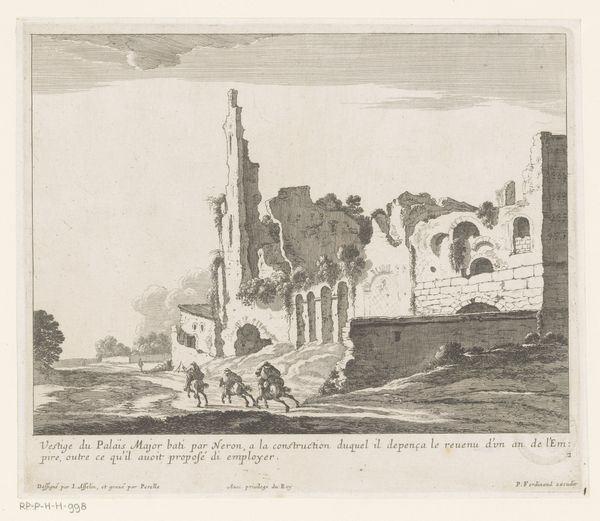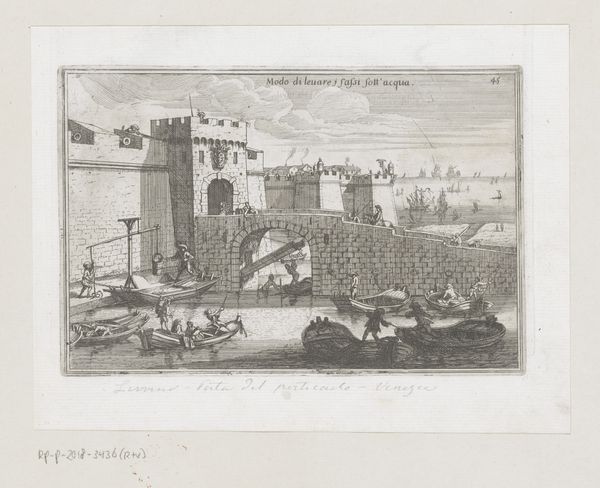
engraving
#
baroque
#
old engraving style
#
landscape
#
genre-painting
#
engraving
Dimensions: height 317 mm, width 370 mm
Copyright: Rijks Museum: Open Domain
Editor: So, this is "Landscape with Riders near a Bridge," an engraving made in 1743 by Jacques Philippe Le Bas. It feels quite formal, almost staged. What can you tell me about it? Curator: We have here an engraving that offers a glimpse into 18th-century print production and consumption. Consider the sheer labor involved in creating this level of detail with engraving tools. Each line, each nuance of shading, painstakingly etched into the plate. And think of the intended market – a burgeoning middle class with an appetite for picturesque scenes. Editor: Right, it's not a painting. Engravings were like… reproduced art for the masses? Curator: Exactly! And notice the subject matter: a seemingly idyllic landscape, but one populated by riders. This hints at networks of commerce, communication, the literal "Courier of Flanders," as inscribed. What materials and processes enabled such wide distribution of information and aesthetic ideals? This landscape wasn't just seen; it was consumed. Editor: That's interesting; the “Courier” aspect. So this wasn't just a pretty picture? Curator: Precisely! It reflects a system of labor and materials. Paper, ink, the engraver's skill, all converging to produce a commodity with both artistic and informative value. How does viewing this as a mass-produced object change our perception of its artistic merit? Editor: So, the "art" is not just in the image but in the means of its production and the way it circulated within society. Thanks, I'll never look at an engraving the same way. Curator: Indeed! Looking closely at the production gives us a totally different lens.
Comments
No comments
Be the first to comment and join the conversation on the ultimate creative platform.
